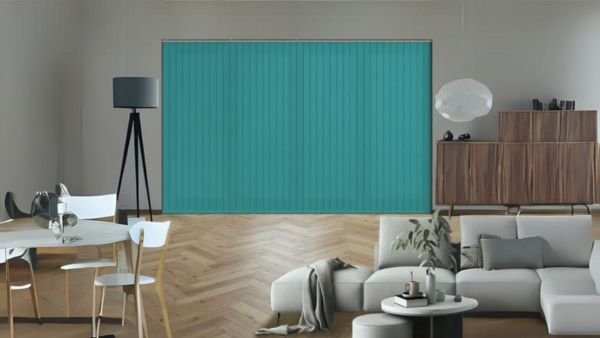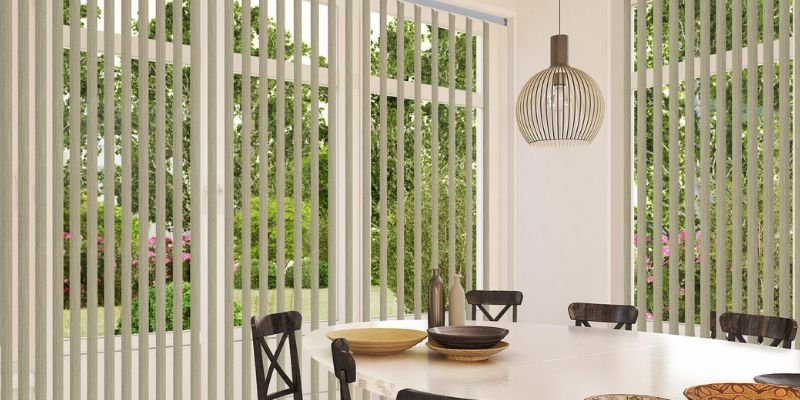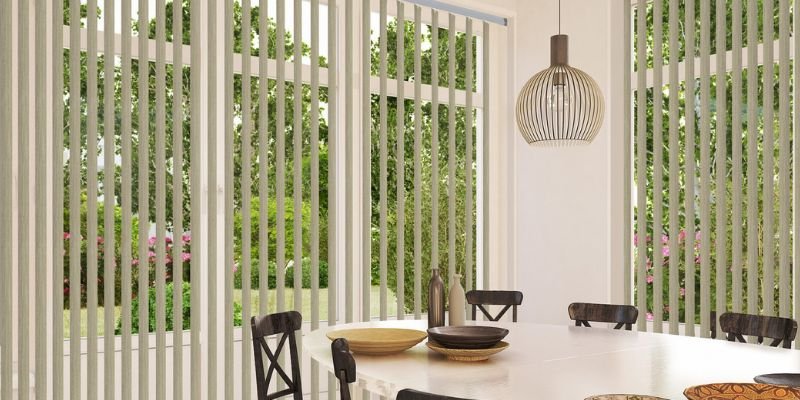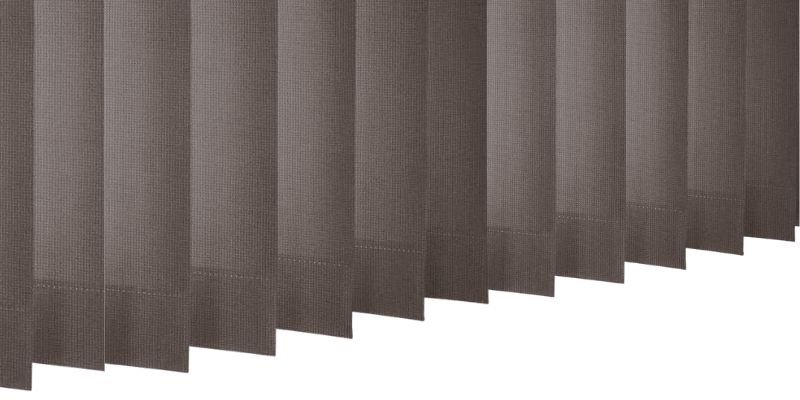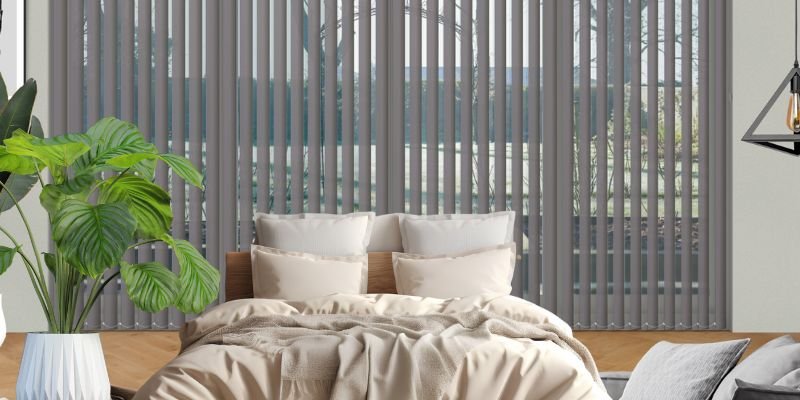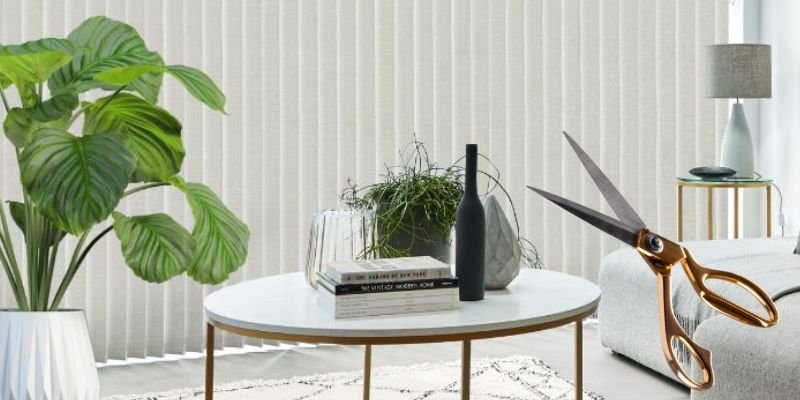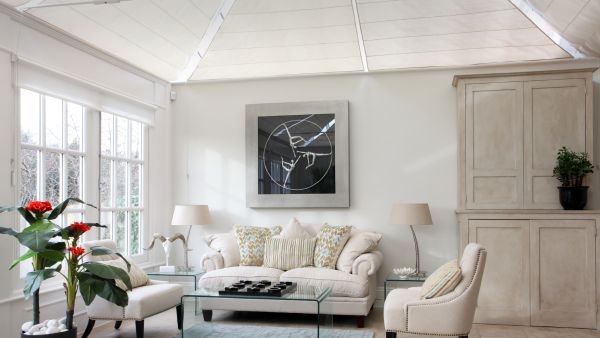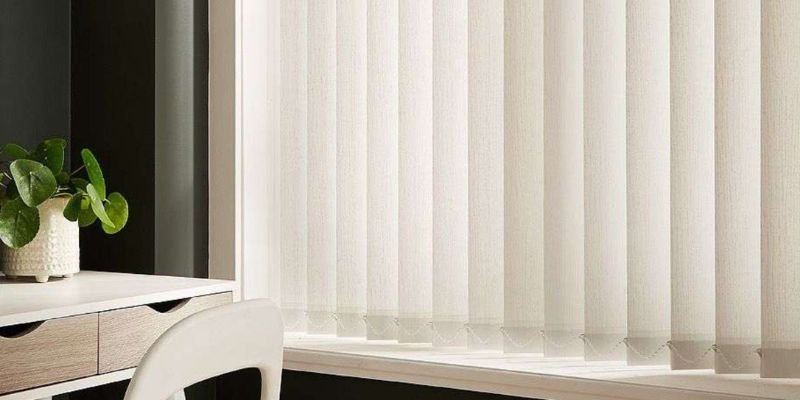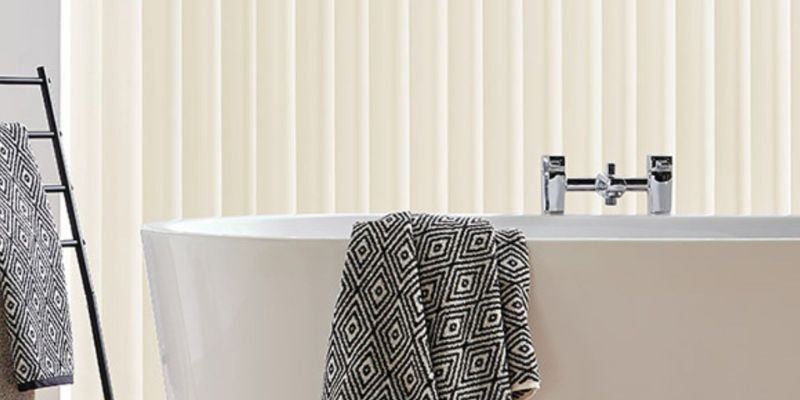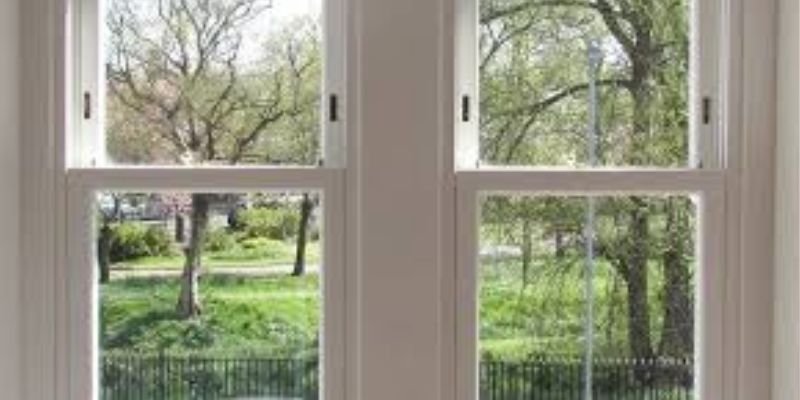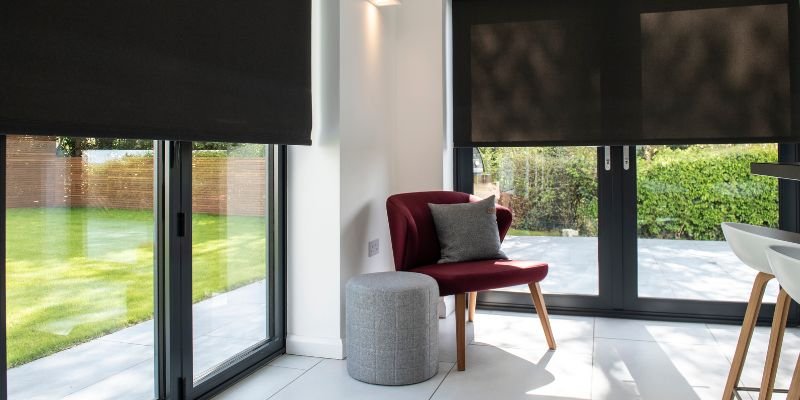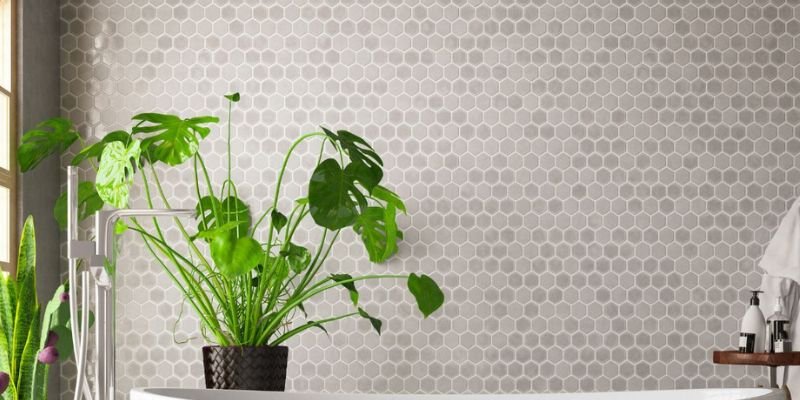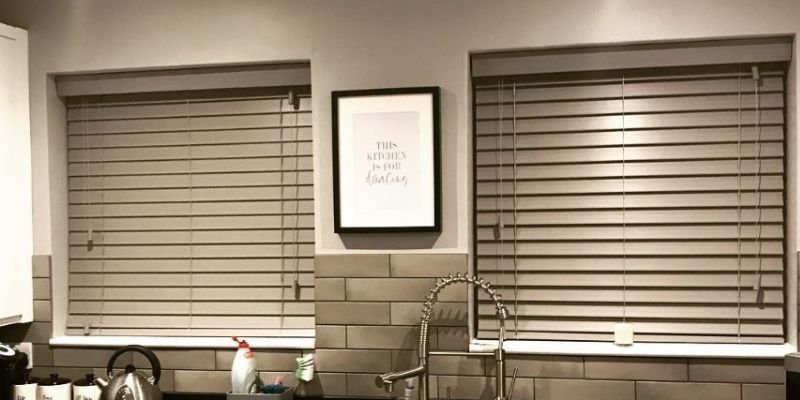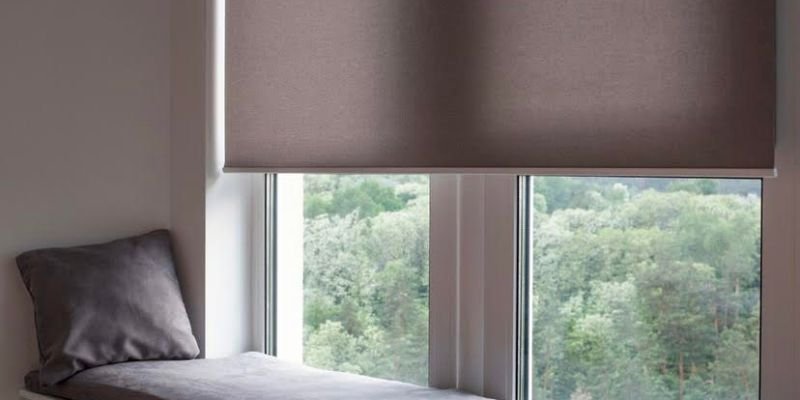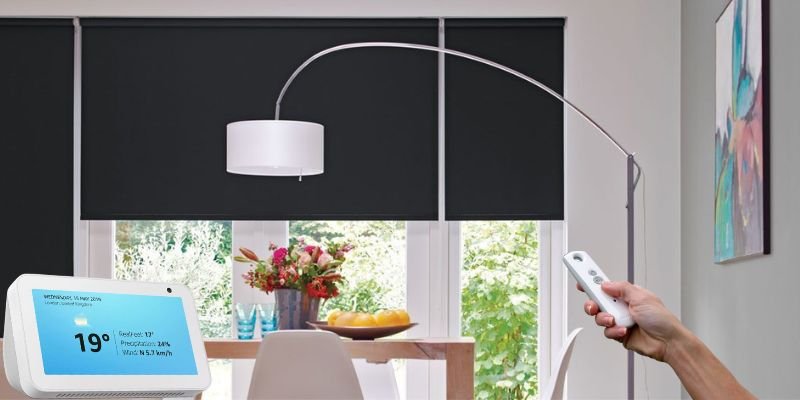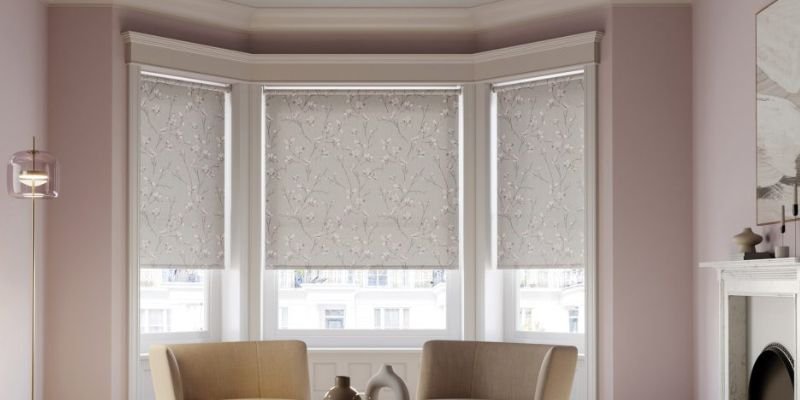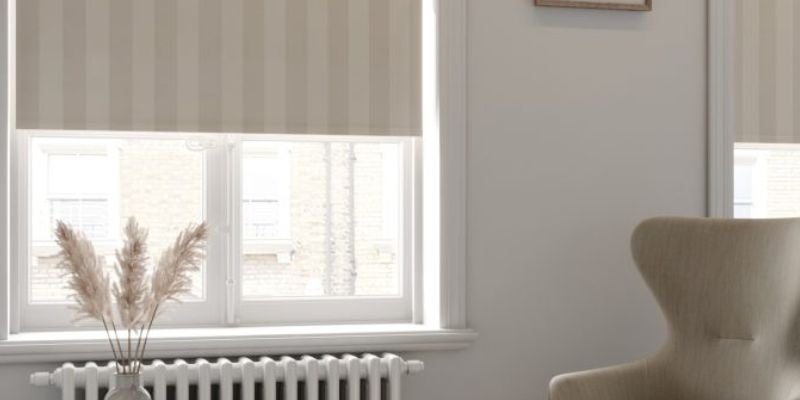How to fix my vertical blinds
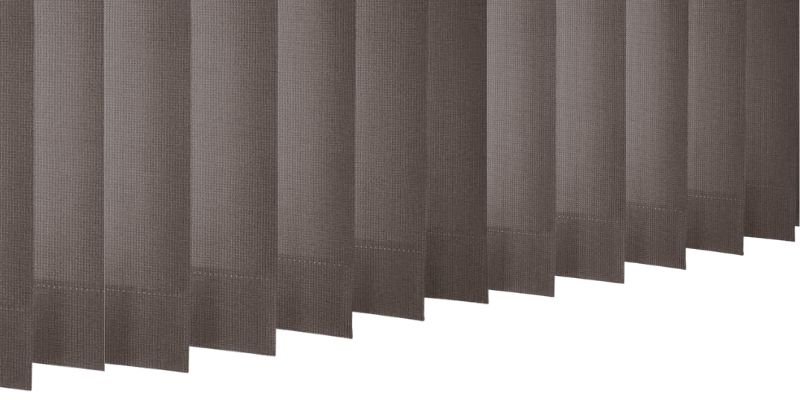
Here at Lifestyle Blinds, we have been designing and manufacturing window blinds for different homes for many years. We’ve helped our customers find blinds that keep the light out, that accentuate their home, or that help them lower utility bills. We’re also on hand to support those dealing with niggling issues that keep them from making the most out of their blinds. Knowing how to fix your vertical blinds yourself not only allows you to enjoy them for longer but also eliminates the cost of additional labour and ensures you can effectively control light and privacy when needed. This is why we’ve pulled together this guide to help you, with our tips and tricks on how to fix common issues with vertical blinds in your home.
Why choose vertical blinds?
So, why are we talking about vertical blinds? Out of all of the window dressings we offer, vertical blinds are a style that fluctuates in popularity. Originally found in abundance throughout offices across the world, they have now discovered a new home in many people’s living rooms, kitchens, and conservatories. Advancements in technology have meant that the heat/light/temperature control benefits we once associated with roller blinds can now be transferred into these versatile window dressings.
Vertical window blinds offer a host of benefits to all homeowners. They:
- Give you greater control over light with vertical slats that can be adjusted both minutely and to the extreme
- Allows you to easily cover larger windows and doors
- Offer to operations to suit your needs - You can either slide them entirely over to one side or rotate the slats to suit
- Visually elongate your windows to make your ceilings look higher and the room look larger
- Come in a range of colour and pattern choices, meaning you can design a home to adore with ease.
In 2021, the rise in home offices has also driven the popularity of vertical window blinds. It is estimated that over one million people may never return to full-time office work. With this comes the need to transport the makeshift offices found on kitchen tables and stuffed into awkward nooks around the home to create dedicated office space.
Vertical blinds suit office spaces to a tee for many reasons. Firstly, it doesn’t matter what direction the window in your new office space faces. Adjustable vertical slats allow you to let as much light in as needed during the day while giving you an effective tool to reduce glare on your computer screen. When closed up, they offer the privacy needed for those important virtual conferences. And, with the vertical design, they are easier to clean with no flat surfaces where dirt and dust can sit. After all, once you’ve clocked off from a hard day at work, the last thing you’ll want to do is spend hours cleaning there as well.
We predict that vertical blinds will continue to rise in popularity. However, it’s important to remember that these blinds - while being very practical in many environments - also have more components than roller blinds or cordless blinds. Therefore, there is an increased risk of issues if they’re not properly installed or cared for. So, it pays to know how to properly look after and fix issues if they do arise.
Tips for properly installing vertical blinds
All of the vertical blinds available on Lifestyle Blinds have been designed with our homeowners in mind. We wanted to ensure that anyone could install them, especially if you’ve had no previous experience. So, we worked hard to produce easy-to-follow and simple instructions that arrive with every single full set we provide. With these, you’ll be able to hang your vertical blinds in minutes.
To ensure this process is as swift as possible, here are a few tips for installing your blinds in the first place:
Check you have all the parts
We have a very thorough quality control process that takes place before any of our orders go out. However, we do advise getting all components and parts out of the box before you begin to install. Check them against the installation instructions and make sure nothing is broken. If you notice any issues, please get in contact with the team here at Lifestyle Blinds.
Check whether you’ve ordered blinds for inside or outside the recess
We manufacture our blinds to your exact dimensions. So, whether you want the blind to sit inside or outside of your window recess, we can help. However, before you start the installation process, double-check which style you’ve ordered. You don’t want to start screwing into the wall in the wrong place and have to repair this at a later date.
When installing the pegs, make sure they are in the ‘open’ position
Once you have fitted the headrail for your vertical blinds, you will need to fit the individual vanes/slats. These hook onto the pegs seen along the headrail. You need to fit these while the peds are in the open position (check installation instructions for photos). If you do not, the slats will not rotate once the blind is up.
If you come across any other issues during the installation of your window blinds, get in contact with the team.
Common problems with vertical blinds
Once you’ve fitted your blinds by following the instructions provided, you should be able to use them straight away. However, if you notice any problems or come across them in the future, we’re here to help. Here are the most common issues our customers have highlighted and our tips on how to fix them.
- Damaged slats
- Damaged stabilising chain
- Vertical blinds will not slide open
- Vertical blinds will not rotate
Damaged slats
Your vertical blinds are made up of several fabric slats/louvers. These are the souls of your blinds. They are the components used to block out light, allow sunlight in and to keep privacy a priority when needed. Each one is manufactured from the highest-quality and most durable fabric. However, as with any soft furnishing around the home, over time they can become damaged. Perhaps they’ve been stained by spills that now cannot be removed. Or maybe the fabric has started fraying or you’re noticing holes forming that bring down the overall look of your blinds.
This is one of the key benefits of vertical blinds. Unlike roller blinds which are manufactured from a single roll of fabric, it is easy to replace individual vertical blind slats. Replacement slats are manufactured to the same exacting dimensions as your full set and made from the same material. Once fitted (in the same way you would have originally fitted your louvres), they are indistinguishable from the others in your full set. There’s no way to tell that you’ve had to make any changes. Therefore, you still get to appreciate the window blinds you fell in love with and there’s no need for a costly full-set replacement either.
Damaged stabilising chain
To keep vertical blinds looking clean and uniform, many designs come with a bottom stabilising chain. These interlink every single slat together, ensuring they sit in an orderly manner and provide the best light control possible. Wear and tear over time means that there is a potential that these chains can become damaged. The best way to solve this issue is to replace the chain altogether. In our window blinds, it simply clips onto each louver and runs the full width of your blinds. Get in contact with our team with the number of louvers and clips you have in your full set and we can organise a replacement.
Vertical blinds will not slide open
We mentioned above that vertical blinds operate in two ways - opening and rotating. On occasion, you may have difficulty opening your blinds up to expose your window fully. The main cause here is normally that the louvers/slats aren’t aligned properly. If they don’t sit in a uniform manner, the mechanism cannot easily glide them all over to the side. Check that no slats are tucked incorrectly behind one another. If you notice that some are, gently rotate them by hand until they sit at the right angle.
If this does not solve your problem, you may have a track obstruction. Check the track that your louvers/slats are running along for debris, such as built-up dust or even insects. This can cause the mechanism to get stuck, preventing you from opening the blind up as needed. It also pays to regularly maintain your vertical blinds with a silicone-based lubricant spray.
Vertical blinds will not rotate
Similarly, you may find that the louvers/slats on your vertical blinds won't rotate. This is an indication that something is wrong with the ‘tilter mechanism’. Firstly, check your slats. If any of them are sitting out of alignment or folded around the wrong way, this will cause an issue. Turn them back to their proper position carefully and try to rotate your blinds again.
One of the most common reasons that vertical blind slats will not rotate is because, on installation, the fitter has fitted the blinds with the hooks of the tracks facing forward. Doing this will cause the vertical blind slats to obstruct each other, making them unable to turn. You need to make sure that the hooks on the headrail are facing to the left or right - not straight ahead - before fitting the louvers.
If you are still having issues, you may need to take a closer look at the mechanism itself. To do this, we recommend carefully taking your vertical blinds off the wall. Lay it down on a flat surface, such as the floor or a table. Take a look at the mechanism that runs through the headrail. Check for any parts that have become unhooked, such as the chain from the sprocket wheel. Re-hook or attach them if you can. If you notice damage or rust, you may need to replace this mechanism. We always recommend speaking to a trusted and professional blind specialist for this, such as the team here at Lifestyle Blinds.
Vertical Blinds at Lifestyle Blinds
Vertical blinds can last you and your family for many many years - especially if you have the tools and knowledge to sort out small issues like this yourself. If you have any questions or have an issue we haven’t covered in this blog, please get in touch with our team who will be happy to help.














































































